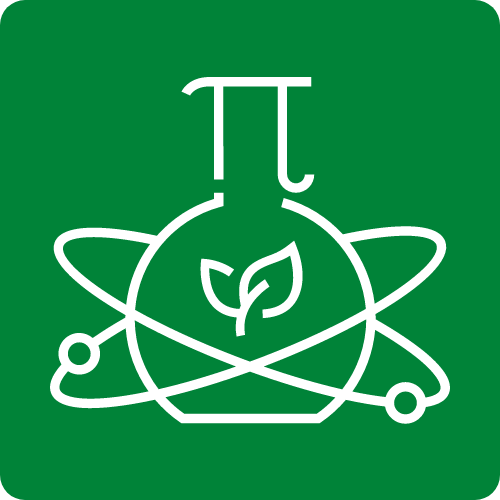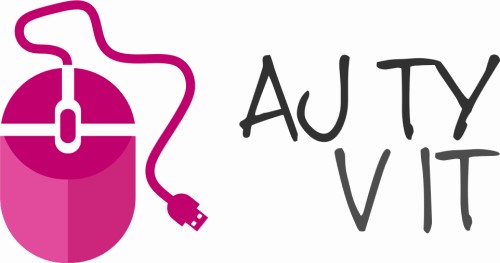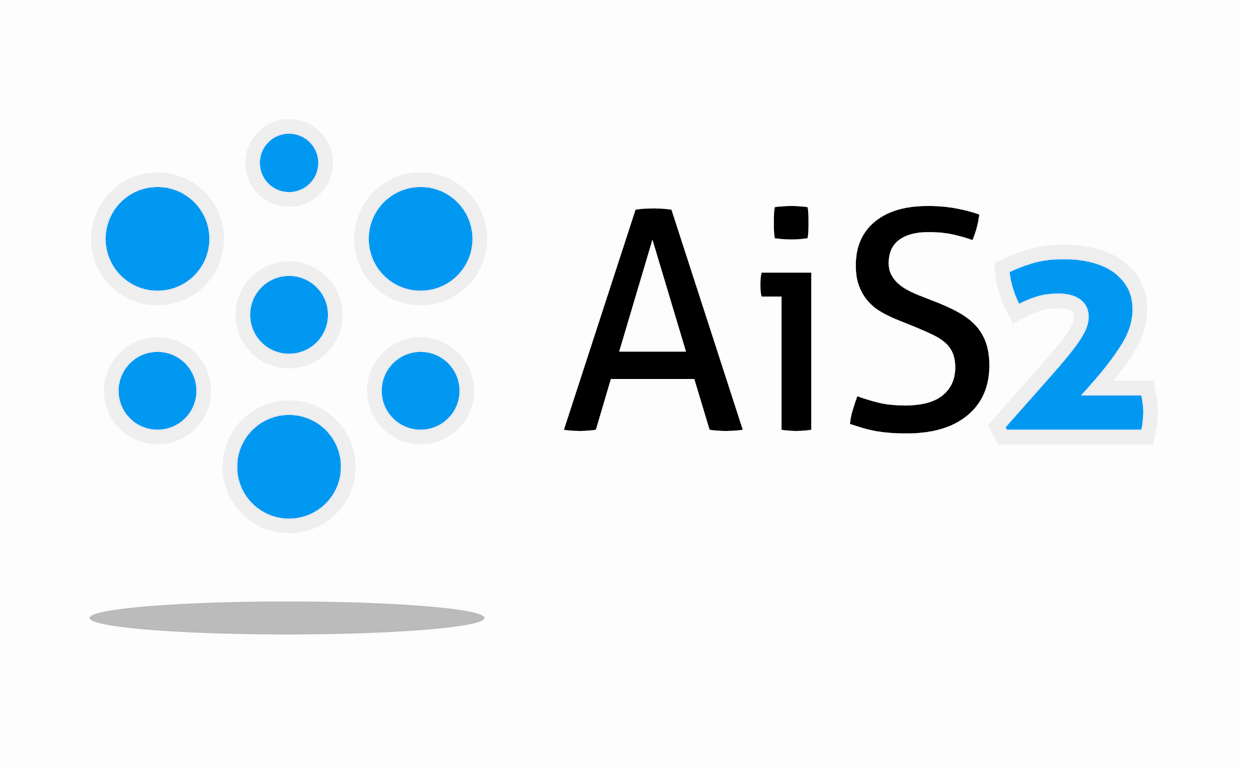Študijný odbor: Fyzika
Študijný program: Progresívne materiály (denné štúdium, v AJ)
Supervisor: doc. RNDr. František Lofaj, DrSc.; e-mail: flofaj@saske.sk
Affiliation:
Ústav materiálového výskumu SAV/Institute of Materials Research of SAS
Type of PhD study(regular/exteral): regular PhD study
Anotation: The development of magnetron sputtering is oriented toward technologies with high ionization degree of the sputtered material, such as High Power Impulse Magnetron Sputtering (HiPIMS), which provides better control of the deposition process as well as better coating properties. High degree of ionization is achieved by very short duty cycle impulses with extremely high power density. However, during reactive HiPIMS, number of differences compared to the conventional reactive sputtering occurs which need to be investigated. The work therefore focuses on the investigation of the reactive processes during HiPIMS of the multi-element/compositionally complex transition metal (Ti, Zr, Hf, Nb, V, Ta)-nitride and -carbide coatings from the viewpoint of the optimization of their elastic, plastic and tribological properties. The work will be performed using iPVD system Cryofox Discovery (Polyteknik, Denmark) in combination with the electron microscopy observations (SEM, TEM), nanoindentation and measurements of their tribological behavior.
Aim: Investigation of the reactive processes during HiPIMS of the multi-element/compositionally complex transition metal (Ti, Zr, Hf, Nb, V, Ta)-nitride and -carbide coatings from the viewpoint of the optimization of their elastic, plastic and tribological properties.
References:
S. Berg, T. Nyberg, Fundamental understanding and modelling of reactive sputtering processes, Thin Solid Films. 476 (2005) 215-230. https://doi.org/10.1016/j.tsf.2004.10.051.
J.T. Gudmundsson, On reactive high power impulse magnetron sputtering, Plasma Phys. Control Fusion, 58 (2016)014002. Doi:10.10188/0741-3335/58/1/014002.
K. Strijcksmans, F. Moers, D. Depla, Perspective: is there a hysteresis during reactive High Power Impulse Magnetron Sputtering (R-HIPIMS)? J. Appl. Phys., 121 (2017) 080901. Doi: 10.1063/1.4976717
B. Cantor, I.T.H. Chang, P. Knight, A.J.B. Vincent, Microstructural development in equiatomic multicomponent alloys (2004) Mater. Sci. Eng. A, 375-377 (1-2 SPEC. ISS.), pp. 213-218. doi: 10.1016/j.msea.2003.10.257
E. Lewin, E. Multi-component and high-entropy nitride coatings – A promising field in need of a novel approach J. Appl. Phys. 127, 160901 (2020); doi: 10.1063/1.5144154
Keywords: PVD, HiPIMS, HiTUS, compositionally complex ceramic coatings, mechanical properties, tribological properties
Supervisor: doc. RNDr. František Lofaj, DrSc.; e-mail: flofaj@saske.sk
Affiliation: Ústav materiálového výskumu SAV/Institute of Materials Research of SAS
Type of PhD study(regular/exteral): regular PhD study
Anotation: The novel ultrahigh temperature ceramics (UHTC) consist of high melting point and heavy (Zr, Hf, Ta, W, etc.) metals strongly bonded with light elements (nitrogen, carbon, boron, etc.). The corresponding PVD coatings are usually produced via (co-)sputering of single or composite (multi-element) target in Ar atmosphere containing reactive gas(es). Such reactive processes result not only in compound formation on the target but also on the target which is called target poisoning. The work should determine the differences of the reactive High Target Utilization Sputtering from the conventional DC magnetron sputtering based on the in situ optical emission spectroscopy of plasma composition combined with the studies of their chemistry, structure and mechanical properties. The plasma study will be performed on the existing deposition systems using OES; the coatings will be studied using Raman spectroscopy, GDOES, EDS and WDS attached to the scanning electron microscopes and other methods; mechanical properties will be measured using nanoindentation.
Aim: Determine the differences between the deposition processes and mechanical properties of the multi-transition metal-based ceramic coatings produced via reactive magnetron sputtering and reactive High Target Utilization Sputtering.
Literatúra:
D.M. Mattox, Handbook of Physical Vapor Deposition (PVD) processing, Mattox D.M., Noyes Publ., New Jersey, 1998.
S. Berg, T. Nyberg, Fundamental understanding and modelling of reactive sputtering processes, Thin Solid Films. 476 (2005) 215-230. https://doi.org/10.1016/j.tsf.2004.10.051.
N. Britun, T. Minea, S. Konstantinidis, R. Snyders, Plasma diagnostics for understanding the plasma-surface interactions in HIPIMS discharges” a review, J. Phys. D: Appl. Phys., 47 (2014) 224001. doi: 10.1088/0022-3727/47/22/224001
Keywords: UHTC coatings, reactive DCMS, reactive HiTUS, optical emission spectroscopy of plasma,










